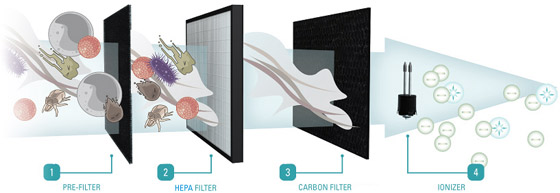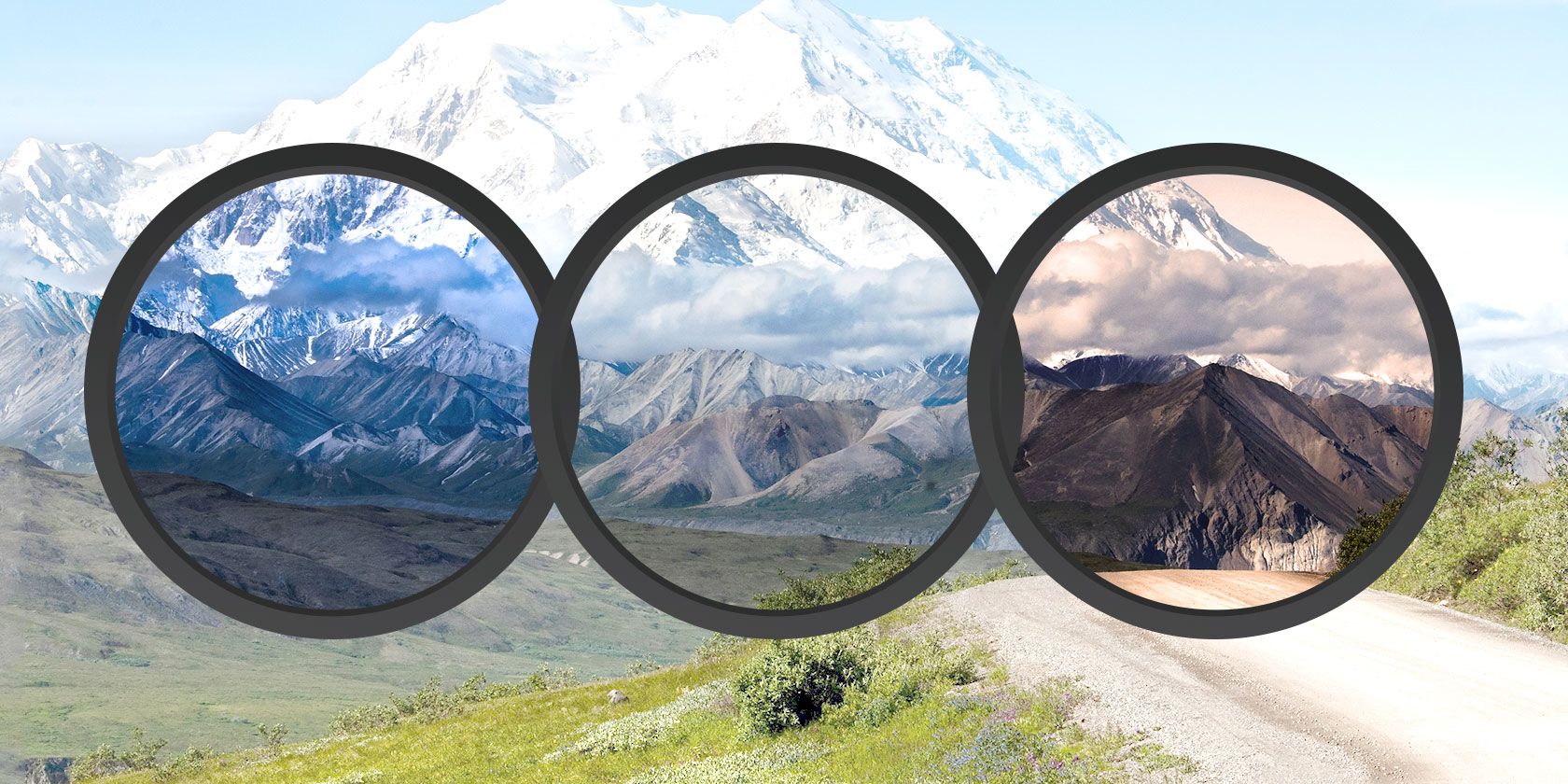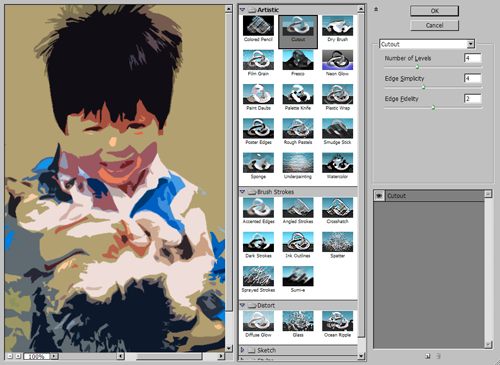
What are the most popular Instagram filters? Juno Red colors became calmer, and the saturation of blue colors is increased. It adds exposure and slightly reduces the brightness of the photo. This filter is ideal for any kind of photo. It makes any kind of picture vintage-inspired. It desaturates all colors and adds a warm hue to the image. This filter is excellent for creating a vintage-looking photo. This filter works great for enhancing selfies. It makes the colors on the photo cooler, and the picture becomes brighter as a result. Which Instagram filter is best for selfies? ClarendonĬlarendon is a very popular filter that increases the contrast and saturation of the photo.

#Different filters for photos plus
Tap the Plus icon in the lower part of your screen.
#Different filters for photos how to
Here is how to use Instagram filters for a photo post: Different filters exist for these two categories. If you have the money to spend, I highly recommend the Lee filter system.On Instagram, you can create a post or a story. Cheaper varieties may introduce a color cast to your image and are therefore not entirely neutral. Note that the quality of the GND filters will be better the more you spend. Popular GND filters range from one stop to four stops.

They are used with prime lenses when there is too much light to shoot with a wide aperture. Portrait filters – ND2, ND4, and ND8 filters can broadly be described as portrait filters.Let’s take a look at the different types of ND filters and why you might want to use them: Neutral density filters are mainly used for portrait work and landscape work (with the stronger ND filters used in landscape photography). ND filter strength ranges from ND2 to ND1000 and beyond (where ND2 reduces light by one stop, and ND1000 reduces light by 10 stops). Neutral density filters block the light in varying amounts depending on the filter’s strength. So if you like to shoot landscapes or any other subjects that produce reflections, then I highly recommend you pick up a circular polarizer.Ĭircular polarizing filters are great for enhancing skies like this one. On days where there is a mixture of sky and clouds, the clouds tend to really pop. Enhanced clouds – Related to the increase in saturation is the enhancement of clouds.You can adjust the intensity of the added saturation by rotating the filter. Saturation increase – A polarizer can also add more saturation to your photo for increased impact.As you rotate the filter, you will see reflections either increase or decrease. Reflection reduction – A circular polarizing filter can enhance or remove reflections from a scene.This filter works by only allowing certain light waves into the camera, and it has several effects on your photos: In fact, it’s an absolute must-have for many photographers.Ī circular polarizer is primarily used for landscape photography, but it can be helpful when shooting outdoor portrait scenes and street scenes, as well.

The circular polarizer is a great filter.


 0 kommentar(er)
0 kommentar(er)
